How do strawberries and strawberries reproduce?
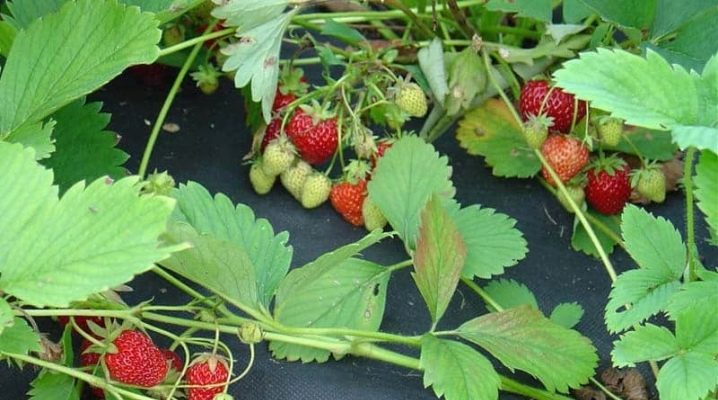
Strawberries are one of the most popular garden plants that can be found in any country house. The bush can grow in one and the same place for 10-15 years, but only the first 3-4 years the berry harvest will be abundant. Then the number of fruits will begin to decrease, and the berry itself will lose its flavor characteristics. The plantings are aging, which is why from time to time the plantation needs to be updated and transplanted to a new place.
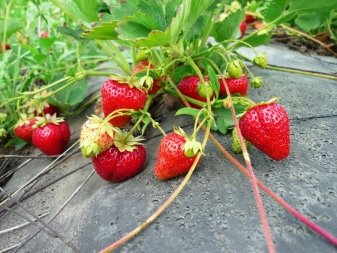
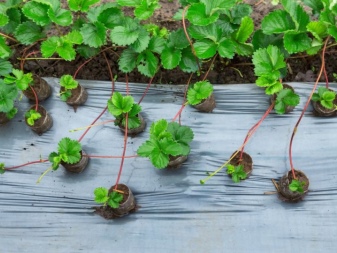
Timing
The breeding time of strawberries primarily depends on the climatic characteristics of the region. In the southern part of the country, these works are carried out in March-April, in central Russia - in the last decade of April - the first half of May. On the territory of the Siberian and Ural regions, fruit crops are reproduced in late May - early June.
Strawberries are transplanted at a time when the air temperature rises to 10-15 degrees. In spring, transplanting seedlings or reproduction by dividing the bush is allowed, since the mustache at that time was still absent.
Strawberry propagation can also be carried out in the autumn. September is considered the optimal period for transplanting fruit crops. Experienced gardeners believe that the beginning of autumn is optimal for transplanting garden strawberries in the southern and central regions of the country. It is noteworthy that during this period, you can use not only the division of the bush, but also the mustache.
But in Siberia, transplanting can be done only in spring or early summer.

Regardless of the region, strawberry breeding can be done during the summer months. Usually this work is performed in August, after the completion of fruiting. This should be done when the summer heat subsides, if you transplant in hot weather, the seedlings will not take root well in a new place.
It is very important to choose the right predecessors for the garden strawberry plantation. The best will be legumes, clover and lupine. The plant develops well in areas where radishes, carrots, radishes, garlic, celery, as well as greens (dill, spinach, parsley) were previously grown.
But planting strawberries after potatoes, tomatoes, peppers, cabbage and cucumbers is not worth it, since these crops are prone to being affected by the same infections. If there are no other plots, then before planting strawberries on the plantation, it is necessary to grow early crops (lettuce, spinach or radish) or use siderates.
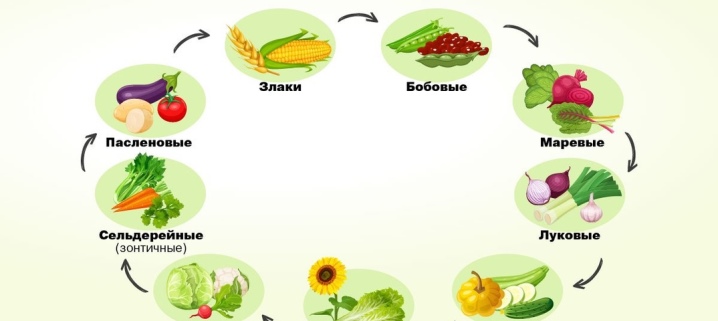
How to propagate by seed?
Breeders are well aware that daughter shrubs do not always receive the full set of characteristics of the mother plant. Therefore, seed propagation is used to develop new high-yielding strawberry varieties. Planting material is obtained from ripe berries - for this, the top of the fruit is cut off, pounded on a canvas and dried thoroughly. The collected seeds must be sent for storage, they can be used no earlier than February.
Before planting seedlings in the ground, it is necessary to soak them in melt water for three days, while the water should be renewed twice a day. Seed propagation will be the only available way to renew the plantation for remontant strawberries, since this type of plant does not produce whiskers.
In addition, the technique is optimal for people who are going to grow a new berry variety - for these experiments it is better to buy ready-made seedlings.
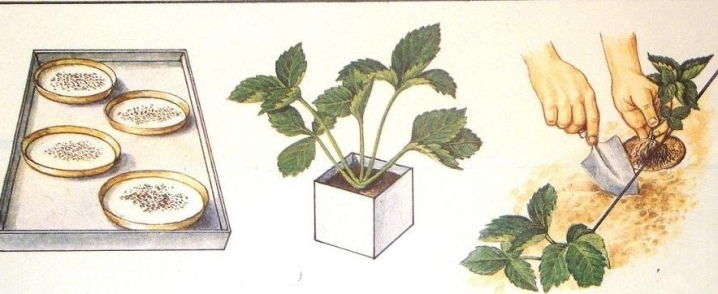
It should be borne in mind that it is very difficult to grow a fruit crop bush from seeds. The fact is that the seed does not always sprout. And if it does germinate, it requires the most careful care.
The work of propagating strawberries through seeds comes down to the following steps. First you need to prepare the substrate. For this, rotted manure and turf soil are mixed in equal proportions, sifted and sent to a water bath for an hour.
The seedlings are immersed in the prepared soil with a toothpick or knitting needle, always one at a time. Do not sprinkle them with earth. Just cover with plastic wrap and keep the temperature at 20-23 degrees. After 14 days, you can see the first shoots.

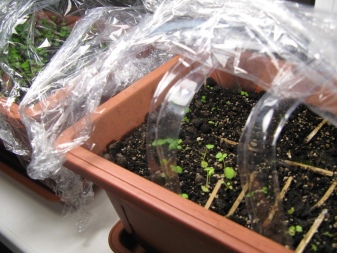
Do not forget to irrigate the substrate daily with a drip method, so you can achieve intensive growth of shoots. The greenhouse should be ventilated daily; for this, the film is removed for 1-2 hours.
After the appearance of 2-3 leaves, a pick is carried out and the seedlings are placed in the soil mixture, there they will remain until transplanted into open ground. Sowing seeds is usually done in February or March. In this case, you will be able to harvest juicy berries and berries already in July.
Important! If the purpose of seed reproduction was to breed a new, more productive and resistant variety, then later it is better to propagate the strawberry bush by division. This will accelerate the growth and development of healthy plants.
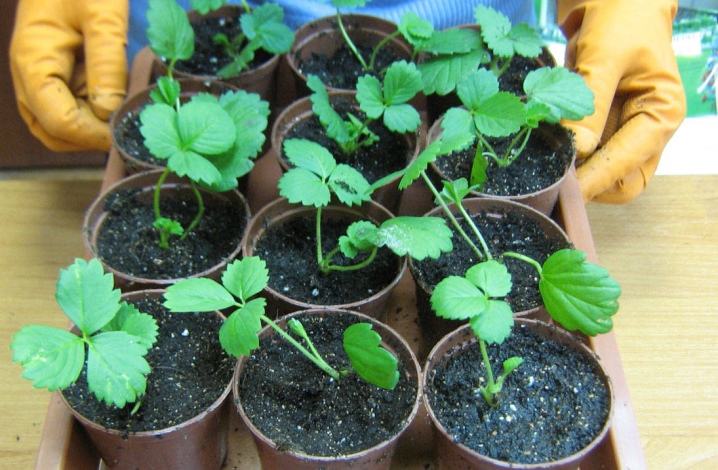
How to dilute by dividing the bush?
The most common method for breeding strawberries is by dividing the bush. This practice can be used when there is a shortage of plants. In addition, the technique is in demand when replanting especially valuable and rare specimens to a new place - in this way, the maximum safety of the separated fragments can be ensured.
Please note that the division of the bush is permissible only if the age of the plant is 3 or more years. For a one-year-old culture, such a procedure is unacceptable, since the number of growth points they have is still small. By dividing, you can also plant musty varieties of strawberries. As a rule, 10 to 20 seedlings can be selected on an adult bush.
Reproduction is carried out in the following sequence. The bush is dug out of the ground and lowered into a basin filled with 6-8 cm of water. This will allow to separate the wet roots without resorting to using a knife. Each seedling must have a developed root system and a formed aerial part. If you find rotten roots, you should cut them off, the same applies to yellow leaves.
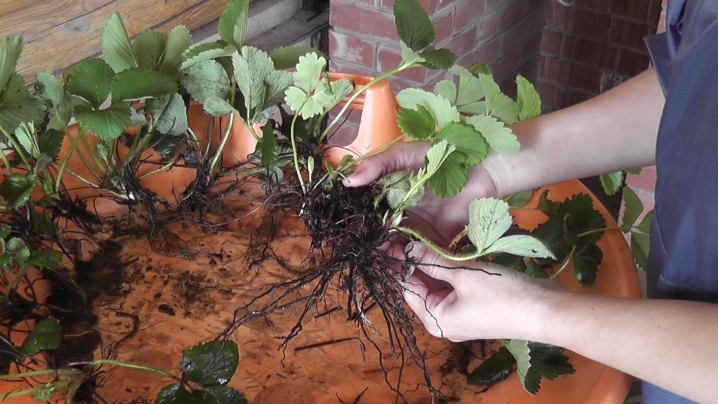
Most of the leaves are cut off, leaving the minimum required amount. This will allow the root system to gain strength. The resulting planting material is placed in a greenhouse for a period of 3 weeks to 1.5 months.
When planting, strawberry bushes should have well-spread roots. They are carefully straightened and placed in a planting hole, then sprinkled with earth and lightly tamped. In this case, the root collar should remain on the surface of the soil.
Important! Planting young bushes should only be carried out in pre-moistened soil.
Further, throughout the entire period of growth of the bush, it is necessary to maintain soil moisture, preventing the earthen coma from drying out. If possible, provide the newly transplanted bushes with light shading.


Reproduction by antennae
You can plant strawberries using antennae, this is the simplest vegetative form of propagation of garden culture. To do this, use the shoots that appeared in the first year of the plant's life. They are considered the strongest and provide strong and healthy seedlings. Despite the fact that a one-year-old plant has very few whiskers, nevertheless, this method remains the fastest and most effective way to propagate strawberries.
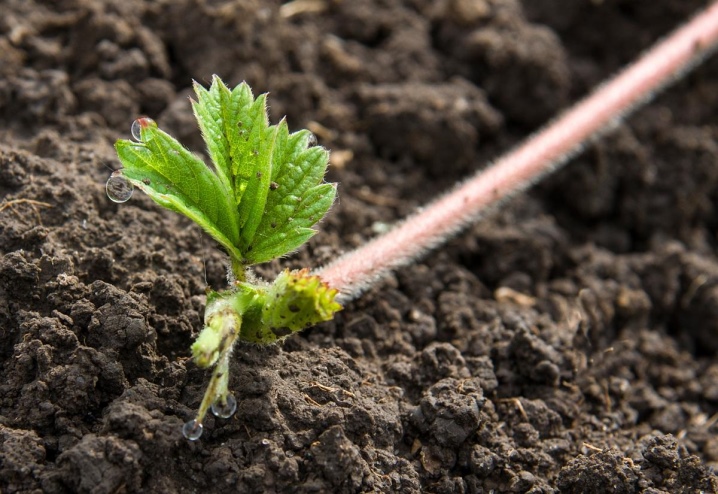
Material selection
To divide garden strawberries with a mustache, you should select only the most productive bushes with healthy and large fruits. The plant should be 2-3 years old. On each bush, you need to leave no more than 4-5 antennae with 2-3 roots.Those that will appear before fruiting should be removed. The mustache is taken in July, immediately after the strawberry fruiting.
The first rosettes and mustaches are suitable for transplanting. They are much stronger than all subsequent shoots, which means they will begin to bear fruit faster. If the situation is such that you use annual strawberries for reproduction, you must not allow it to bear fruit. Remove all flowers to give the plants maximum strength for subsequent growth. From them you can take no more than 2-3 mustaches with three healthy sockets.

Landing
The antennae are added in the following sequence. When roots appear on the antennae, sprinkle them with a substrate, without separating from the mother bush. Leave no more than three layers, carefully cut off the rest.
Sprinkle them with room temperature water twice a week. After 10-14 days, the roots will strengthen, and the rosettes can be torn from the mother bush without damage to the plant. By that time, they should have 4-5 leaves, the length of the roots should be at least 7 cm.
The plant should be dug in and planted together with an earthen clod. This will preserve the young roots.
Some gardeners root antennae in plastic cups filled with peat substrate. In this case, the container is deepened next to the bed, opposite the mustache and the mustache is landed in them with a clothespin or wire.
The place of contact with the ground should be constantly irrigated.
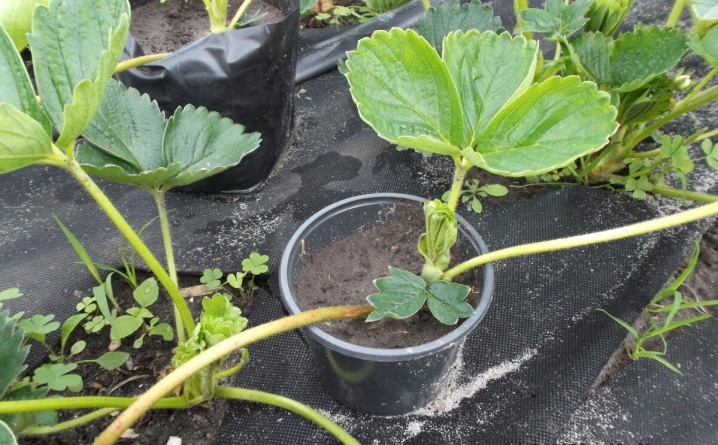
Care
Young strawberries will quickly take root if you follow the basic rules of care.
- Plant the bushes only in a well-sunlit place.
- The land should be fertilized and well-drained.
- The bushes are planted 8-10 cm deep at a distance of 30-40 cm from each other.
- If you are replanting seedlings from cups, you need to shed the soil well and turn it over. Only in this case can you get the plant without damaging the roots and transplant them to a new site.
- For several months, young seedlings need to be watered regularly and abundantly until they finally take root.
- During watering, you need to ensure that water does not fall on the fruits, the best solution will be to water the row spacing, and not the beds themselves.
- To retain natural moisture, the bed should be covered with dry grass or wood shavings. This measure will prevent the soil from drying out, and at the same time will get rid of weeds.
- For the prevention of fungal diseases, they are treated with a solution of copper sulfate or Bordeaux liquid. Spraying is carried out in cloudy dry weather, preferably in the evening.
- To improve the quality and quantity of fruits in the peak season, you can feed strawberries with 0.3% urea.
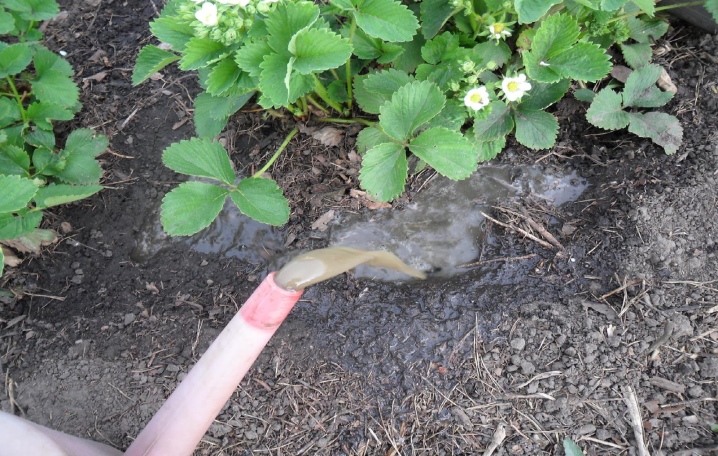
Vegetative propagation of strawberries allows you to quickly and easily rejuvenate the plantation, increase yields and improve the taste of the fruit.
To do this, you only need to adhere to the rules of culture propagation and take care of young plants. Be sure - strawberries will surely thank you with their juicy, aromatic and sweet berries.
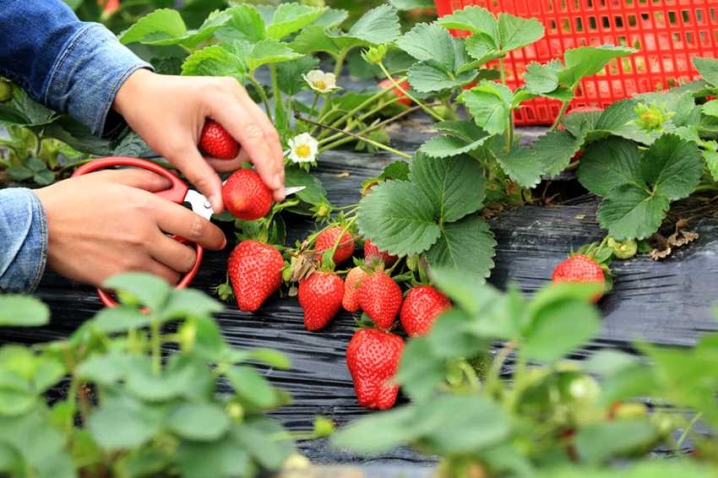









The comment was sent successfully.